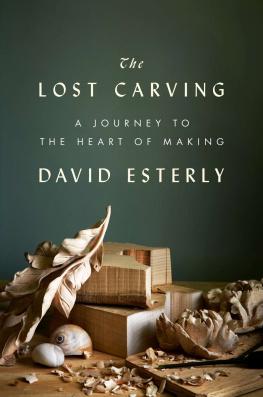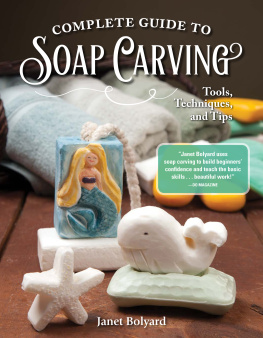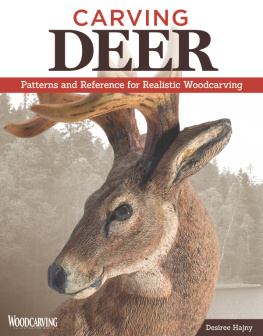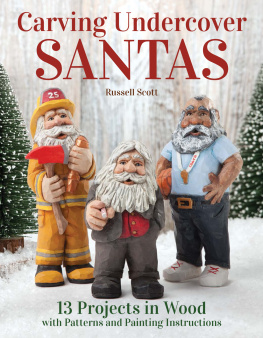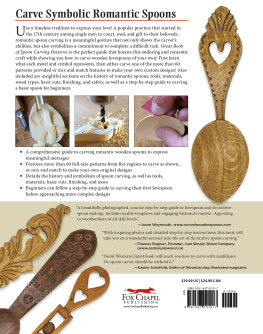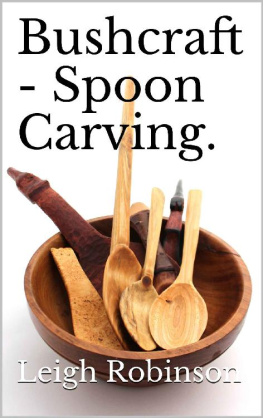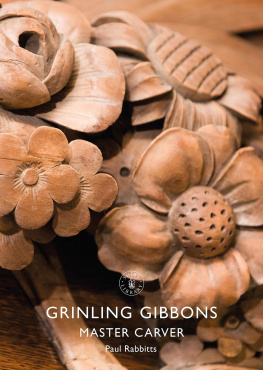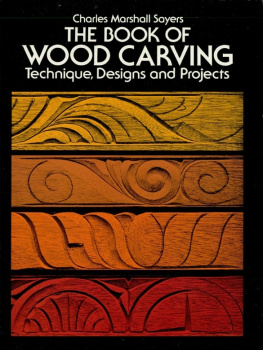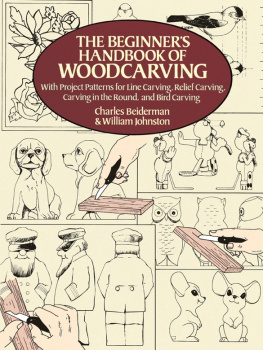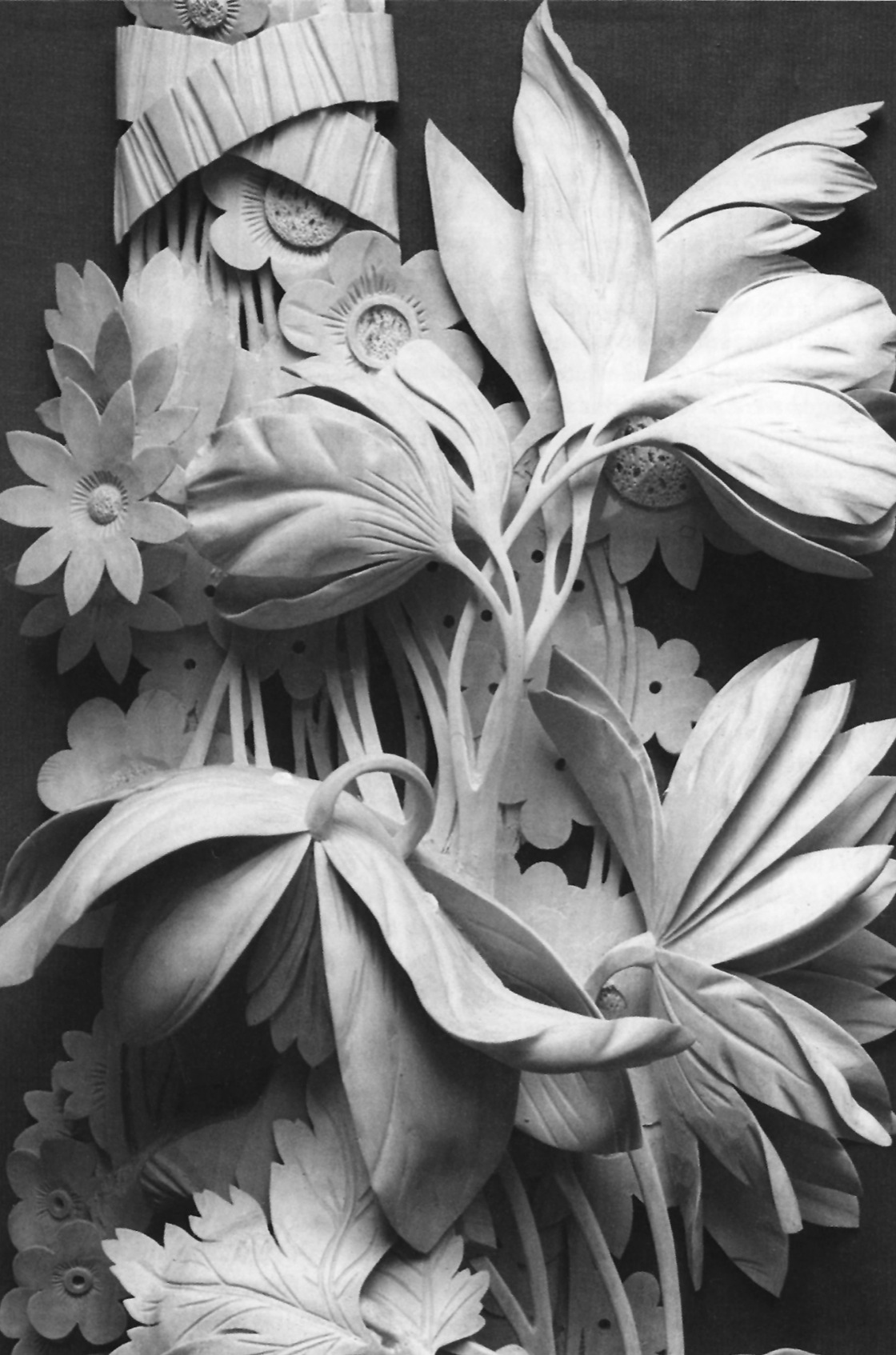The Lost Carving
A Journey to the Heart of Making
David Esterly
Viking
VIKING
Published by the Penguin Group
Penguin Group (USA) Inc., 375 Hudson Street, New York, New York 10014, U.S.A.
Penguin Group (Canada), 90 Eglinton Avenue East, Suite 700, Toronto, Ontario, Canada M4P 2Y3 (a division of Pearson Penguin Canada Inc.)
Penguin Books Ltd, 80 Strand, London WC2R 0RL, England
Penguin Ireland, 25 St. Stephens Green, Dublin 2, Ireland (a division of Penguin Books Ltd)
Penguin Group (Australia), 707 Collins Street, Melbourne, Victoria 3008 Australia (a division of Pearson Australia Group Pty Ltd)
Penguin Books India Pvt Ltd, 11 Community Centre, Panchsheel Park, New Delhi 110 017, India
Penguin Group (NZ), 67 Apollo Drive, Rosedale, Auckland 0632, New Zealand (a division of Pearson New Zealand Ltd)
Penguin Books (South Africa), Rosebank Office Park, 181 Jan Smuts Avenue, Parktown North 2193, South Africa
Penguin China, B7 Jiaming Center, 27 East Third Ring Road North, Chaoyang District, Beijing 100020, China
Penguin Books Ltd, Registered Offices: 80 Strand, London WC2R 0RL, England
First published in 2012 by Viking Penguin, a member of Penguin Group (USA) Inc.
Copyright David Esterly, 2012 All rights reserved
Parts of this book first appeared in The Spectator, The Independent Magazine, and House and Garden.
All photographs by David Esterly unless otherwise indicated.
Links to supplementary color images related to this book can be found via www.davidesterly.com.
LIBRARY OF CONGRESS CATALOGING IN PUBLICATION DATA
Esterly, David.
The lost carving : a journey to the heart of making / David Esterly.
pages cm
ISBN 978-1-101-60599-8
1. Esterly, David. 2. Wood-carving. 3. Hampton Court (Richmond upon Thames, London, England)Fire, 1986. I. Title.
NK9798.E88A35 2013
730.92dc23 2012018381
No part of this book may be reproduced, scanned, or distributed in any printed or electronic form without permission. Please do not participate in or encourage piracy of copyrighted materials in violation of the authors rights. Purchase only authorized editions.
Penguin is committed to publishing works of quality and integrity. In that spirit, we are proud to offer this book to our readers; however, the story, the experiences, and the words are the authors alone.
: D. E. after Grinling Gibbonss lost carving (detail), limewood, Hampton Court Palace, 1990.
For Flora
Prologue
L ets see, where was I? At the leaves alongside the peony, I guess, just where they fall over the lilac blossom. Two leaves still to do, and some uncomfortable modeling underneath them. Little lilac florets with obstructed access. Well. A sip from an oversize blue and white teacup. A yawn. Still in my bathrobe. Over to the computer, check e-mails, click on the live feed from the BBC. British voices in this far upstate workroom. Back to the carving bench, under the window. Clouds streaming in from the west. River gray, like the sky. On the trees on the bank a last few brown leaves hang on for dear life. The morning seems to be growing darker rather than brighter. On with the four halogen spotlights over the bench.
Before me, a chaos of half-finished flowers and leaves and stems, clunkily rising out of a sea of pale wood chips. Incomprehensible and unpromising. As appetizing as cold porridge. I know better than to do the things that would improve appearances immediately, at the price of reducing my options in the future. But I wouldnt want the woman who commissioned the piece to see it now. An ugly duckling with no swan in sight. Never show anyone a job half done, the old adage goes. Especially a patron, Id say. But shes growing impatient, even to the point of proposing a visit so she can admire progress.
Time for the first stroke of the day. Last night I decided that the lower leaf should have a curl to it. One way to start is by excavating a valley a little inland from the leafs edge. My eyes stay on the leaf, but out goes my left hand, to land on the gouge I need. There are 130 tools on the workbench. Long ago I memorized the place of each. The hand travels instinctively to its near vicinity, and peripheral vision makes the final course adjustment. You can confirm the identity of the tool the instant you grasp it, by its heft and balance and the feel of its handle and shaft. No need to look.
Like the others, this chisel was lying with the blade toward me. So I give it a little gunslingers twirl and the handle drops into my palm. Then I grasp the shaft of the blade with my other hand. Im right-handed, but this stroke will be from the left, in the leafs own direction. You have to carve ambidextrously, or else waste time by constantly having to turn the wood around. Now the first stroke, long and across the grain. A nice zip as the blade cuts, like the feel and sound you get when you turn the crank of a pencil sharpener, but more delicate. Im using a fine crisp wood, so theres not much resistance to working across the grain. Nonetheless I give the tool a little twist as I push it. Easing the cut by adding another slicing motion. The whole body propels the blade, arms and shoulders moving with it, torso moving slightly the other way in compensation. The stomach muscles push the blade. A pleasing twist of the whole body. Like kayaking when you do it right.
A faintly nutty aroma from the curled chips as they fall from the blade. Each is different from all the others. Each is the memory of a chisel stroke. Its not like stone or marble carving, where you have only a few chisels and they model the medium by knocking it away. In woodcarving you slice, and that slice leaves the shape of the blade behind on the wood. So if youre doing undulant complicated forms you need many different chisels. A hundred chisels like a hundred different thoughts, a hundred ideas to propose to the wood.
Soon the valley appears, angling inland from the edge. Now the ridge alongside it needs to be turned into a curled-over leaf edge. Another gouge, this one with a flatter curve, and this one turned over and used upside down. Except that upside down might almost as well be called right side up, since nearly as much modeling is done with the tool turned that way. The edge must gradually curl over the valley as both flow away from the stem. The leaf is like a supplicants hand, with the arm the stem. Its as if some growth force runs along the stem and then spreads its coiled energy out through the leaf. Leaf and stem need to be part of this same current of energy. I need to mimic its motion with my chisel. Sometimes I think of Dylan Thomas. The force that through the green fuse drives the leaf, should drive my chisel.
Moving deeper into the carving, switching from the BBC to streaming ambient music. No words or thoughts to distract, no melody or rhythm even. Instead a trancelike hum that bleeds away distracting little energies. Later, if I need to concentrate still more, even this will be turned off, so that I can move into the silence, the Empty Quarter, the timeless part.

